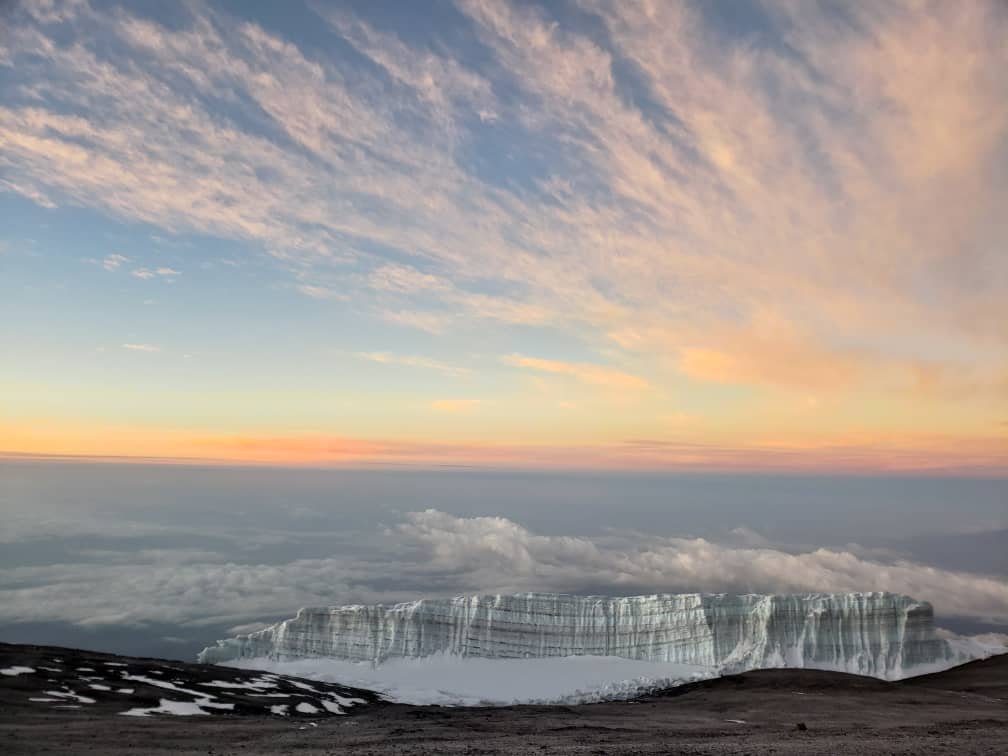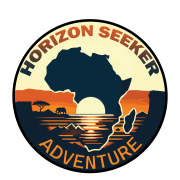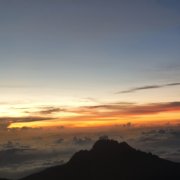Discover the untamed beauty of Africa wilderness as you journey through its diverse landscapes teeming with majestic wildlife. Experience the thrill of encountering lions, elephants, and giraffes in their natural habitat with Horizon Seeker Adventure.
Horizon Seeker Adventure offers a diverse range of services to ensure your expedition is nothing short of extraordinary. Specializing in Tanzania safaris, Kilimanjaro climbing expeditions, Zanzibar beach getaways, Mount Meru treks, and an array of Tanzania day trips, we are committed to crafting tailored experiences for every adventurer. With seasoned guides, sustainable principles, and bespoke itineraries, we guarantee a journey that is safe, memorable, and honors the local environment and cultures. Embark on your Tanzanian adventure with Horizon Seeker Adventure.






















